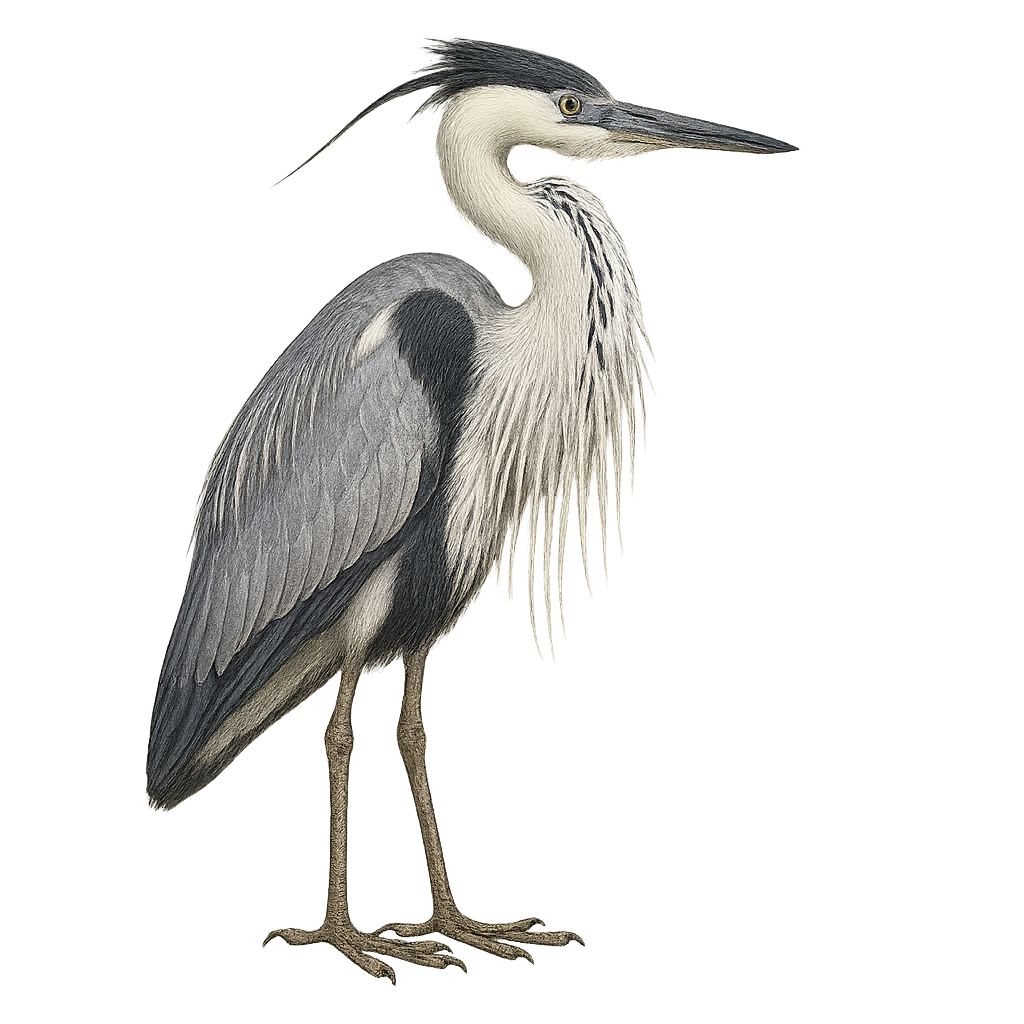Your wildlife photography guide.
Explore the white-bellied heron in detail, study its behavior, prepare your shots.
Where to observe and photograph the white-bellied heron in the wild
Learn where and when to spot the white-bellied heron in the wild, how to identify the species based on distinctive features, and what natural environments it inhabits. The WildlifePhotographer app offers tailored photography tips that reflect the white-bellied heron’s behavior, helping you capture better wildlife images. Explore the full species profile for key information including description, habitat, active periods, and approach techniques.
White-bellied Heron
Scientific name: Ardea insignis

IUCN Status: Critically Endangered
Family: ARDEIDAE
Group: Birds
Sensitivity to human approach: Shy
Minimum approach distance: 30 m
Courtship display: April to June
Incubation: 27-29 jours
Hatchings: April to July
Habitat:
Rivers, lakes, wetlands
Activity period :
Primarily active during the day, with peak activity in the morning and late afternoon.
Identification and description:
The White-bellied Heron, Ardea insignis, is a rare and majestic bird primarily found in the Himalayan regions. It is distinguished by its grey-blue plumage and white belly, contrasting with its long neck and slender legs. Standing up to 127 cm tall, it is one of the largest herons in the world. Preferring high-altitude rivers and lakes, it is often solitary and discreet, making it difficult to observe. Its population is declining, mainly due to habitat loss and human disturbance. Conservation efforts are crucial to ensure its survival, as it is classified as critically endangered by the IUCN.
Recommended lens:
400 mm – adjust based on distance, desired framing (portrait or habitat), and approach conditions.
Photography tips:
To photograph the White-bellied Heron, it is essential to maintain a safe distance of at least 30 meters to avoid disturbing it. Use a telephoto lens of at least 400mm to capture detailed images without getting too close. Choose times of the day when the light is soft, such as early morning or late afternoon, for well-lit shots. Be patient and discreet, as this bird is shy and sensitive to disturbances.
The WildlifePhotographer App is coming soon!
Be the first to explore the best nature spots, track rutting seasons, log your observations, and observe more wildlife.
Already 1 431 wildlife lovers subscribed worldwide

